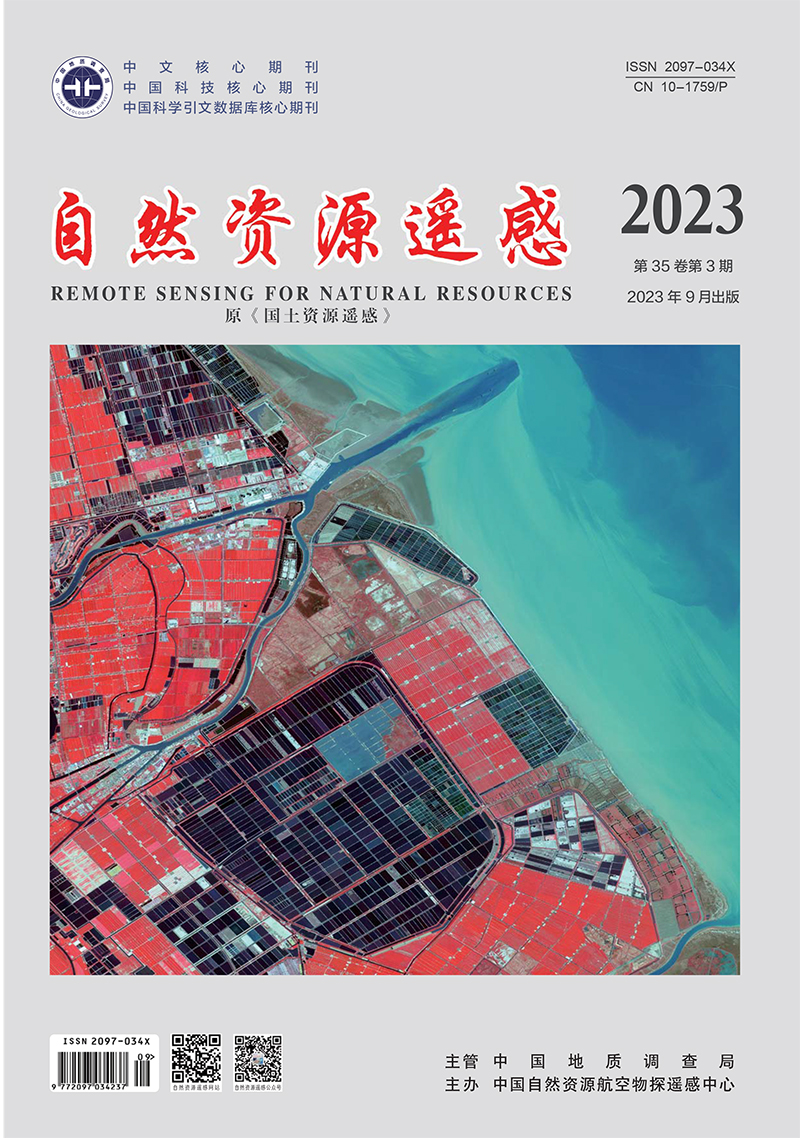WANG Zhenhua, TAN Zhilian, LI Jing, CHANG Yingli. 2023. Re-YOLOX: A YOLOX model for identifying nearshore monitoring targets improved based on the Resizer model. Remote Sensing for Natural Resources, 35(3): 10-16. doi: 10.6046/zrzyyg.2022425
| Citation: |
WANG Zhenhua, TAN Zhilian, LI Jing, CHANG Yingli. 2023. Re-YOLOX: A YOLOX model for identifying nearshore monitoring targets improved based on the Resizer model. Remote Sensing for Natural Resources, 35(3): 10-16. doi: 10.6046/zrzyyg.2022425
|
Re-YOLOX: A YOLOX model for identifying nearshore monitoring targets improved based on the Resizer model
-
1. College of Information Technology,Shanghai Ocean University,Shanghai 201306,China
-
;2. Key Laboratory of Marine Environmental Survey Technology and Application, Ministry of Natural Resources,Guangzhou 510000,China
More Information
-
Corresponding author:
CHANG Yingli
-
Abstract
Nearshore monitoring covers natural environments and human activities. High-accuracy identification of nearshore monitoring targets significantly influences the healthy development of the marine economy, the ecological protection of marine environments, and the prevention and mitigation of marine disasters. The nearshore monitoring targets feature multiple types, diverse sizes, and uncertainty. The existing identification models suffer low accuracy, low efficiency, and severe omission of small targets. This study proposed an identification model (Re-YOLOX) for nearshore monitoring targets by improving YOLOX using a learnable image resizer model (the Resizer model). First, the model training was intensified using the Resizer model to improve the feature learning and expression abilities and the recall rate of the Re-YOLOX model. Then, the feature pyramid fusion structure of the YOLOX algorithm was improved to reduce the omission of small targets in the identification. With the nearshore video data from UAV monitoring as the data set and cars, ships, and piles as monitoring targets, this study compared the Re-YOLOX model with other models, including CenterNet, Faster R-CNN, YOLOv3, and YOLOX. The results show that the Re-YOLOX model yielded a mean average precision of 94.23%, a mean recall of 91.99%, and a mean F1 score of 89.67%, all of which were higher than those of the other models. In summary, the Re-YOLOX model can improve the target identification accuracy while ensuring target identification efficiency, thus providing technical support for managing nearshore seas.
-

-
-
Access History







 DownLoad:
DownLoad: